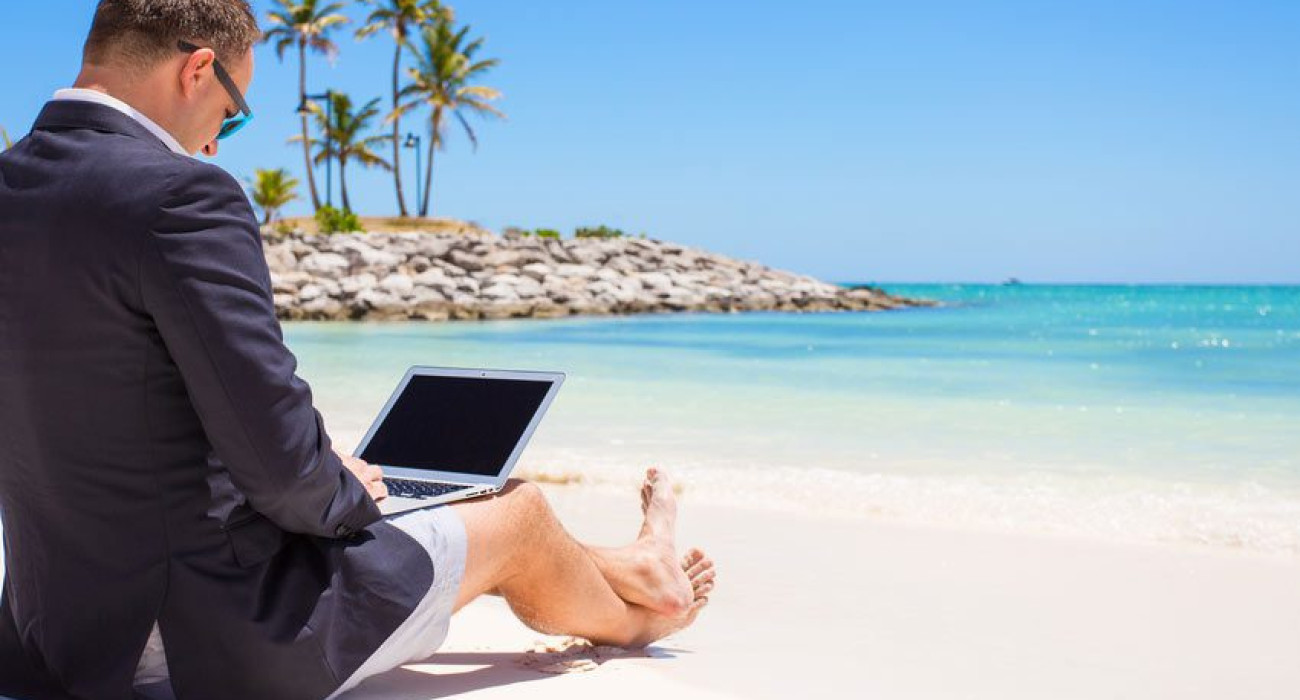Introduction: The Rise of ‘Bleisure’ Travel

In recent years, the line between work and vacation has blurred, giving birth to a new global travel trend: bleisure travel—a blend of business and leisure. Once a niche behavior reserved for a handful of digital nomads, bleisure travel has now become a movement reshaping how professionals, companies, and destinations think about mobility, productivity, and well-being.
According to a report by the Global Business Travel Association, nearly 60% of business travelers now extend their work trips for leisure. With hybrid work models and remote flexibility becoming the norm, the appeal of combining meetings with mindfulness—or boardrooms with beach views—is stronger than ever. Here are 7 reasons why bleisure travel is just getting started and how it’s changing the future of both business and leisure.
1. The Remote Work Revolution Fuels Bleisure Travel
The pandemic didn’t just change where people work—it changed how they want to work. The freedom to choose a workspace that fits one’s lifestyle has made bleisure travel a logical next step. Professionals can attend a client meeting on Thursday and enjoy a long weekend exploring the city afterward.
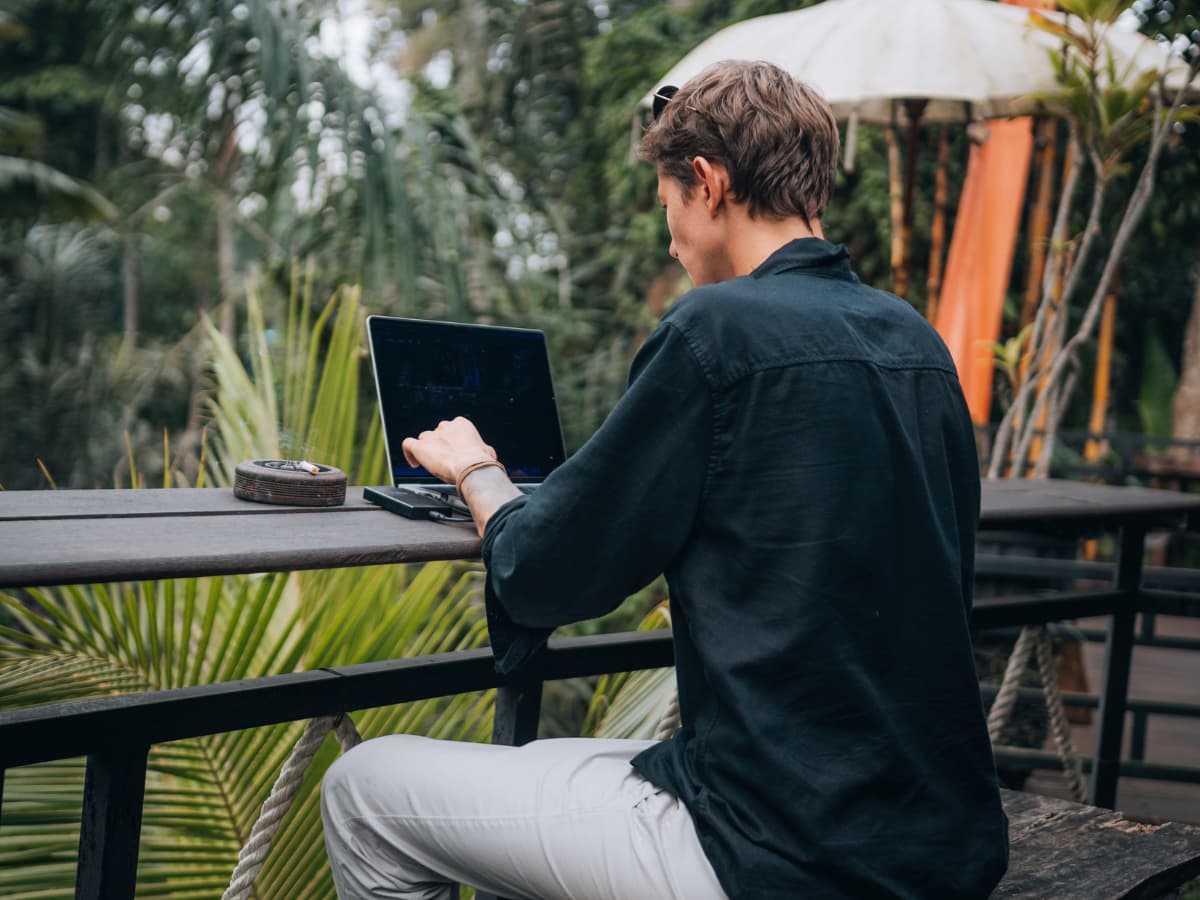
A study from Forbes found that 70% of millennials and Gen Z workers now expect employers to allow flexible work-from-anywhere policies. This freedom enables travelers to mix productivity with pleasure—turning hotel rooms into offices and vacation homes into conference spaces. For companies, supporting bleisure travel means happier, more balanced employees who are less prone to burnout.
2. Mental Wellness and Burnout Recovery Drive the Trend
Corporate burnout has reached record highs, and bleisure travel offers a much-needed antidote. Combining business trips with leisure time allows professionals to decompress, restore creativity, and return to work recharged.
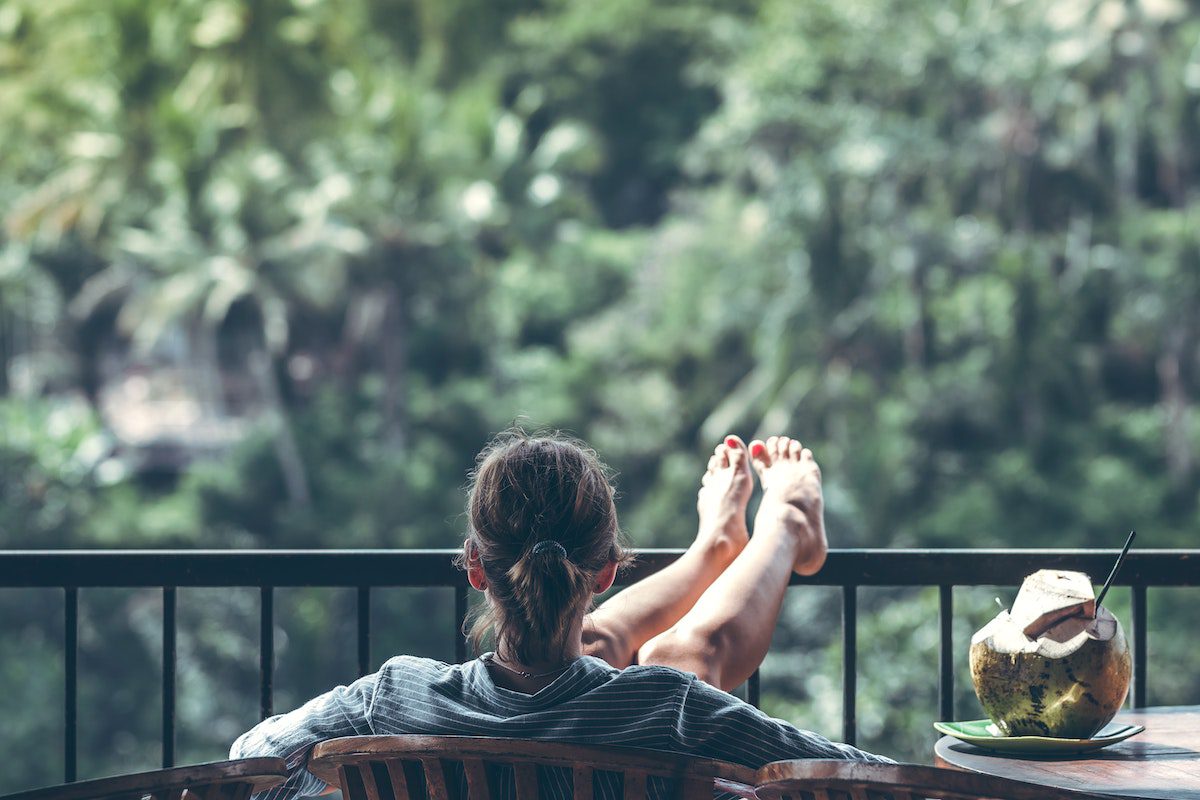
Psychologists from the American Institute of Stress highlight that even short getaways can significantly lower cortisol levels and boost mood. When travelers incorporate leisure into work trips, they gain the mental benefits of a vacation without the logistical stress of planning a separate holiday. This “micro-vacation” model makes bleisure travel both accessible and sustainable throughout the year.
3. Technology Makes It Seamless to Work Anywhere
High-speed Wi-Fi, cloud collaboration tools, and advanced communication platforms have made bleisure travel not only possible but practical. Today’s professionals can join Zoom calls from a resort balcony, edit presentations from a café in Lisbon, or manage client tasks from a beachside Airbnb.
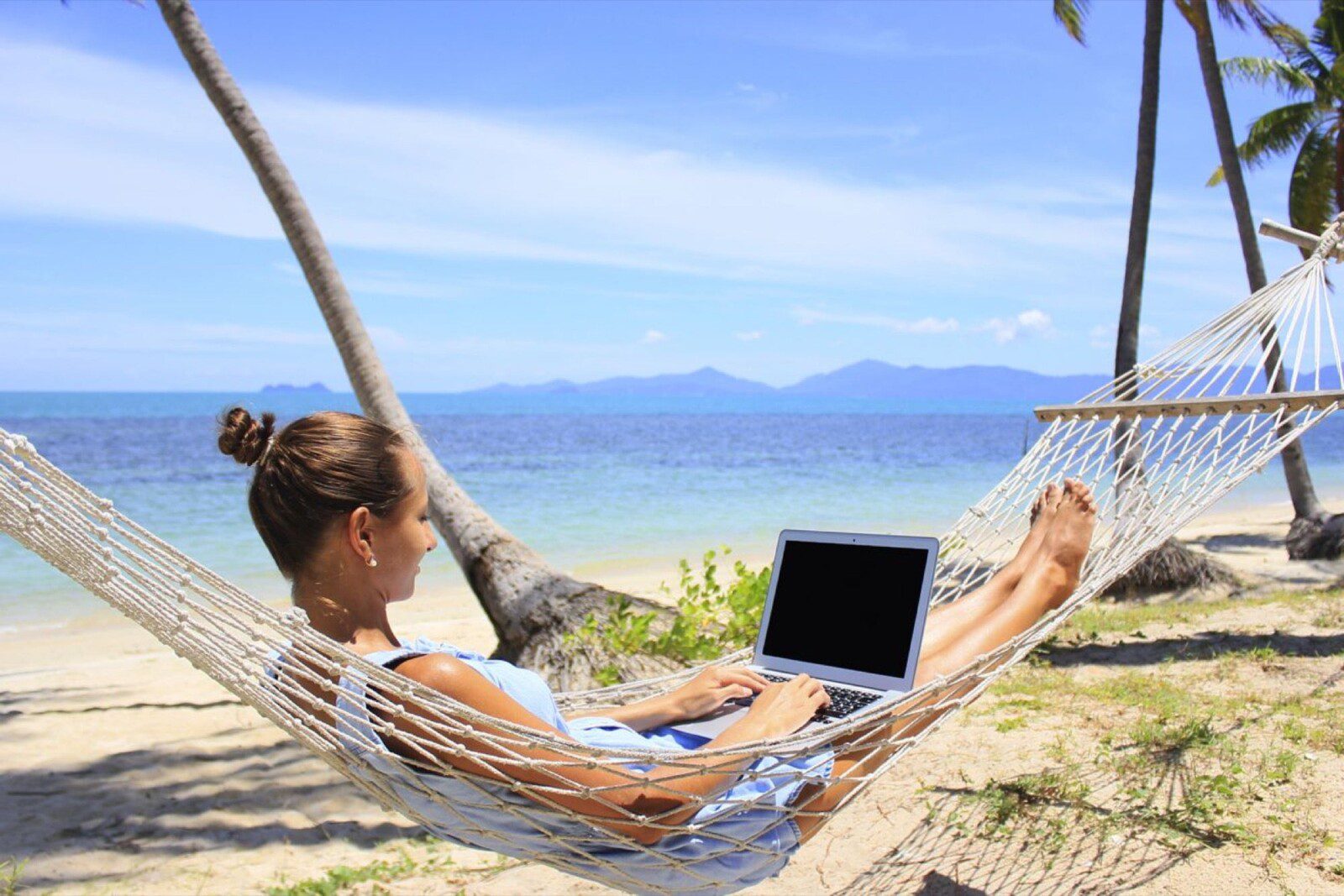
Companies like Airbnb and Booking.com have even developed dedicated “work-friendly stays” filters, highlighting properties with ergonomic setups, reliable internet, and quiet environments. The rise of “workation-ready” listings underscores how bleisure travel is now a key segment in the travel economy, blending convenience with comfort.
4. Companies Are Embracing Bleisure as an Employee Perk
Forward-thinking organizations are realizing that bleisure travel isn’t a distraction—it’s a retention strategy. When employees can extend business trips for personal enjoyment, job satisfaction rises.
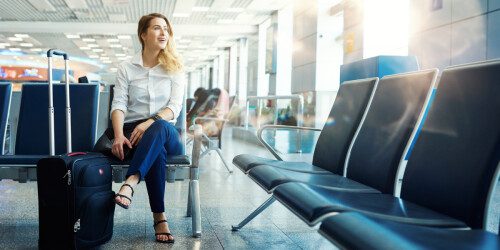
A Harvard Business Review study found that companies supporting bleisure travel reported higher employee engagement scores and lower turnover rates. Some firms even offer travel stipends for team members to explore destinations after conferences or client visits. This not only promotes work-life integration but also strengthens company culture by prioritizing holistic well-being.
Moreover, team retreats and “offsite work weeks” are becoming common, where the line between work and leisure intentionally blurs. These trips boost collaboration, creativity, and morale—further cementing bleisure travel as the future of professional mobility.
5. Destination Marketing Has Evolved to Target Bleisure Travelers
Tourism boards and hospitality brands are catching on. From “workation packages” to flexible booking policies, destinations now design experiences specifically for bleisure travel.
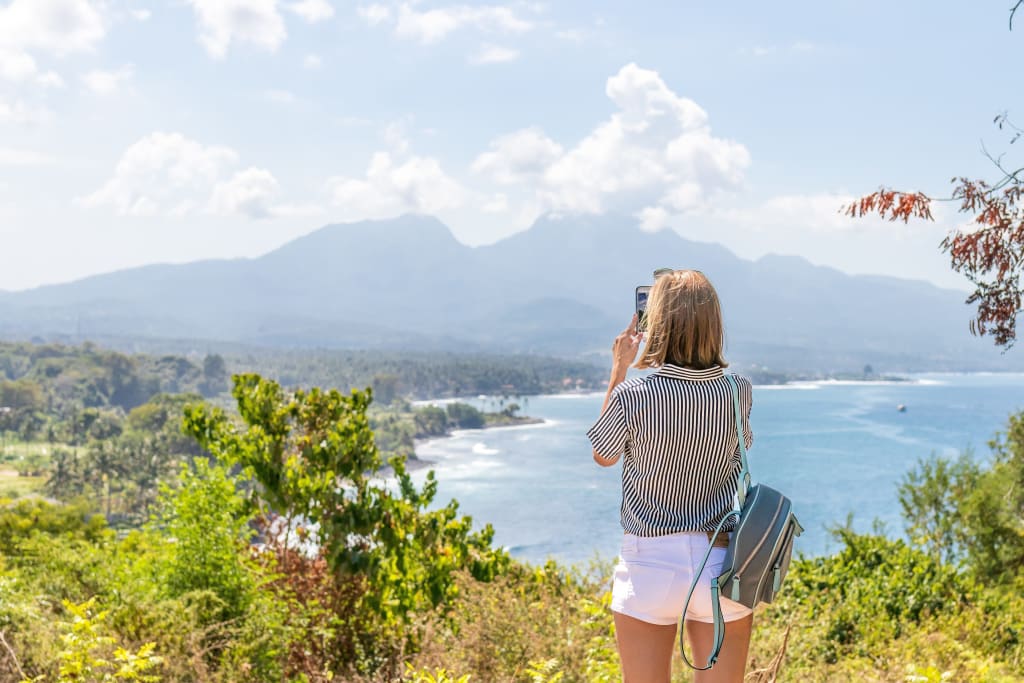
Cities like Austin, Lisbon, and Singapore are leading examples, offering co-working hubs near major hotels, fast internet connectivity, and after-hours cultural activities. The World Travel & Tourism Council (WTTC) notes that local economies benefit tremendously from bleisure travel, as business visitors spend up to 60% more when extending their stay for leisure.
Even airlines are adapting. Loyalty programs now reward mixed-purpose trips, recognizing that the modern traveler values experience continuity—a seamless journey from the office to relaxation.
6. The New Work-Life Balance Philosophy Encourages Integration, Not Separation
The old concept of “work-life balance” implied that work and personal time should remain strictly divided. Today’s professionals see it differently: balance means integration, and embodies that philosophy.

Instead of viewing travel as an escape from work, it embrace it as a lifestyle choice that enhances both professional performance and personal fulfillment. By scheduling leisure around work commitments—whether it’s a museum visit after meetings or a sunrise hike before a seminar—they achieve flow and harmony rather than compartmentalization.
A report by McKinsey & Company found that workers who integrate leisure during business trips report 25% higher overall satisfaction with their careers. In essence, it isn’t about escaping life—it’s about enriching it.
7. The Future of Travel Is Hybrid, Experiential, and Purpose-Driven
The next decade will see it evolves even further as travelers prioritize experiences over schedules. With the rise of sustainability-conscious consumers and global mobility, professionals will choose destinations not just for work convenience, but for cultural and emotional connection.

Expect more long-stay accommodations, flexible flight options, and wellness-oriented amenities catering to bleisure travelers. The future traveler won’t ask, “Is this trip for business or pleasure?” Instead, they’ll ask, “How can I make this trip meaningful?”
Remote-first companies, independent consultants, and digital creatives are already pioneering this shift. As generational attitudes toward work continue to evolve, it will remain at the heart of how people find fulfillment through both productivity and play.
Conclusion: Why Bleisure Travel Is Here to Stay
Bleisure travel isn’t just a passing trend—it’s a sign of a broader cultural transformation. As workers prioritize well-being, creativity, and flexibility, the traditional boundaries between work and leisure will continue to fade. Companies that embrace this shift will not only attract top talent but also cultivate happier, more inspired teams.
For travelers, it represents the best of both worlds: professional growth without sacrificing personal joy. Whether it’s finishing a proposal from a beach villa or networking over local cuisine in a new city, the movement is redefining what it means to live—and work—well.
In the end, it is more than a travel trend. It’s a mindset, a lifestyle, and a testament to the modern pursuit of balance in an ever-connected world. And one thing is certain—it’s only just getting started.
Sources and Further Reading:
